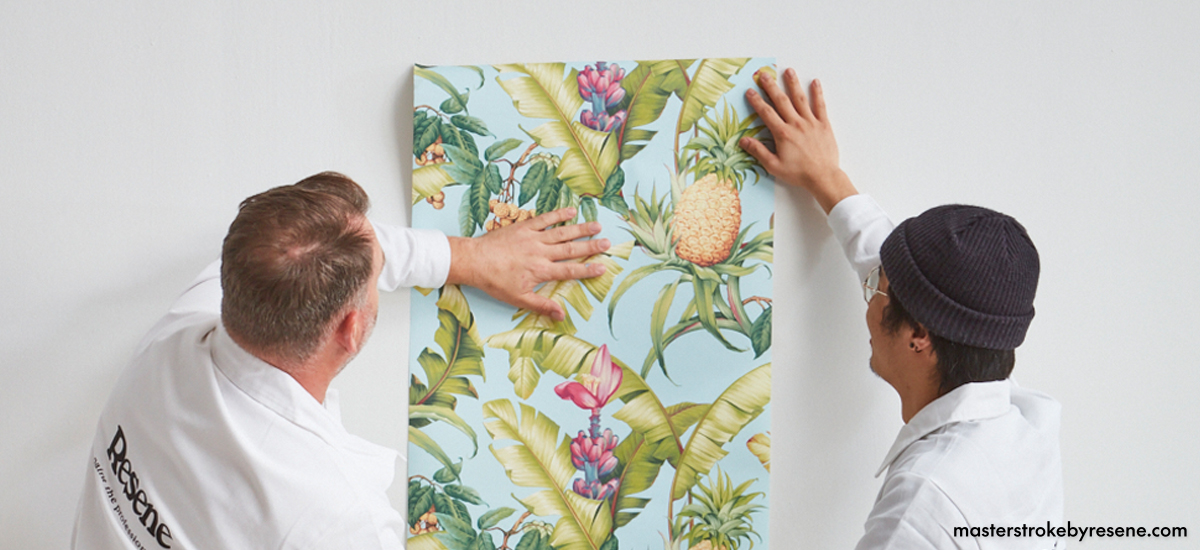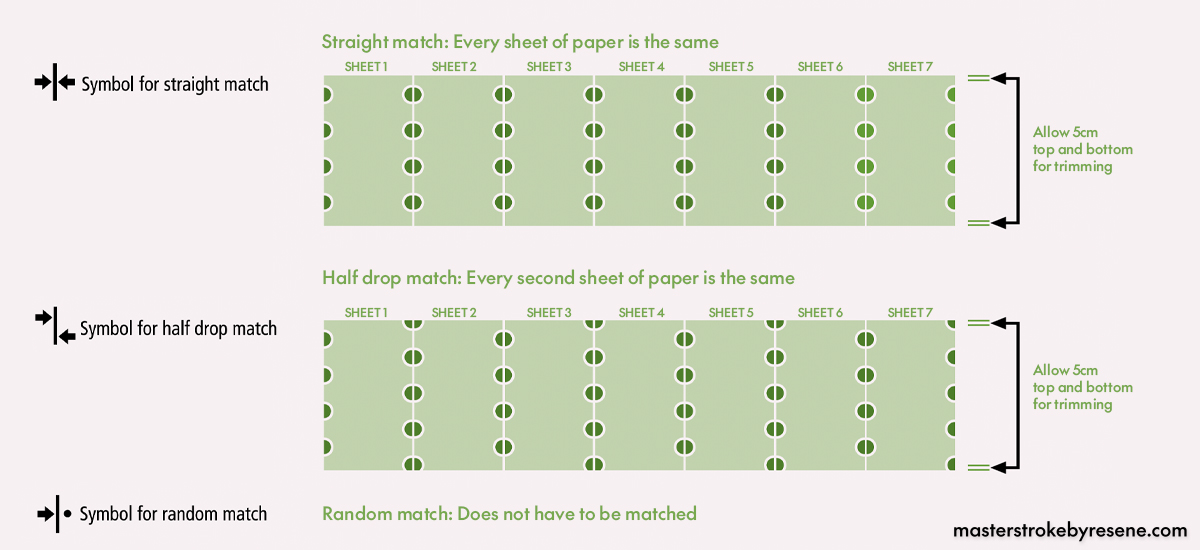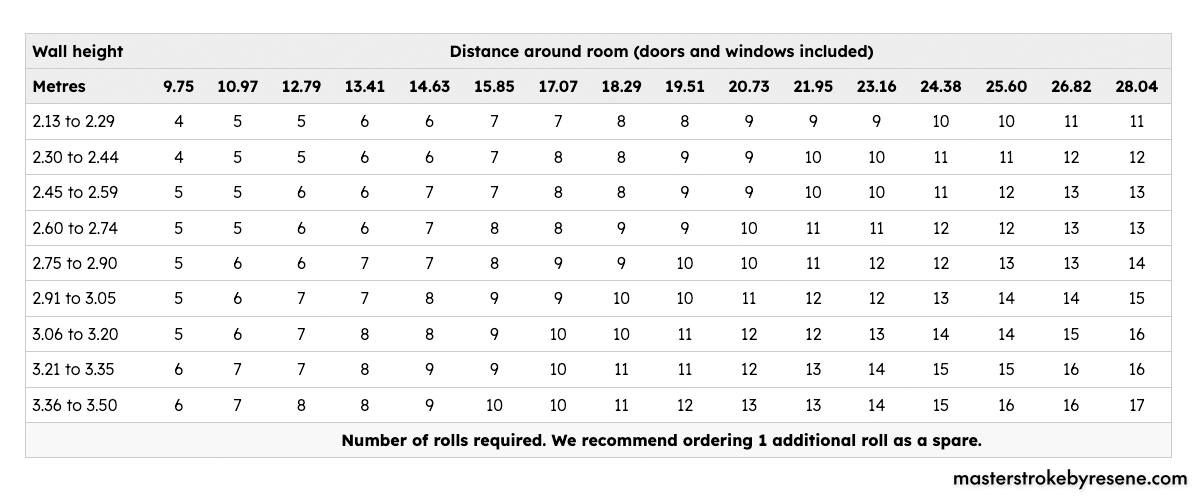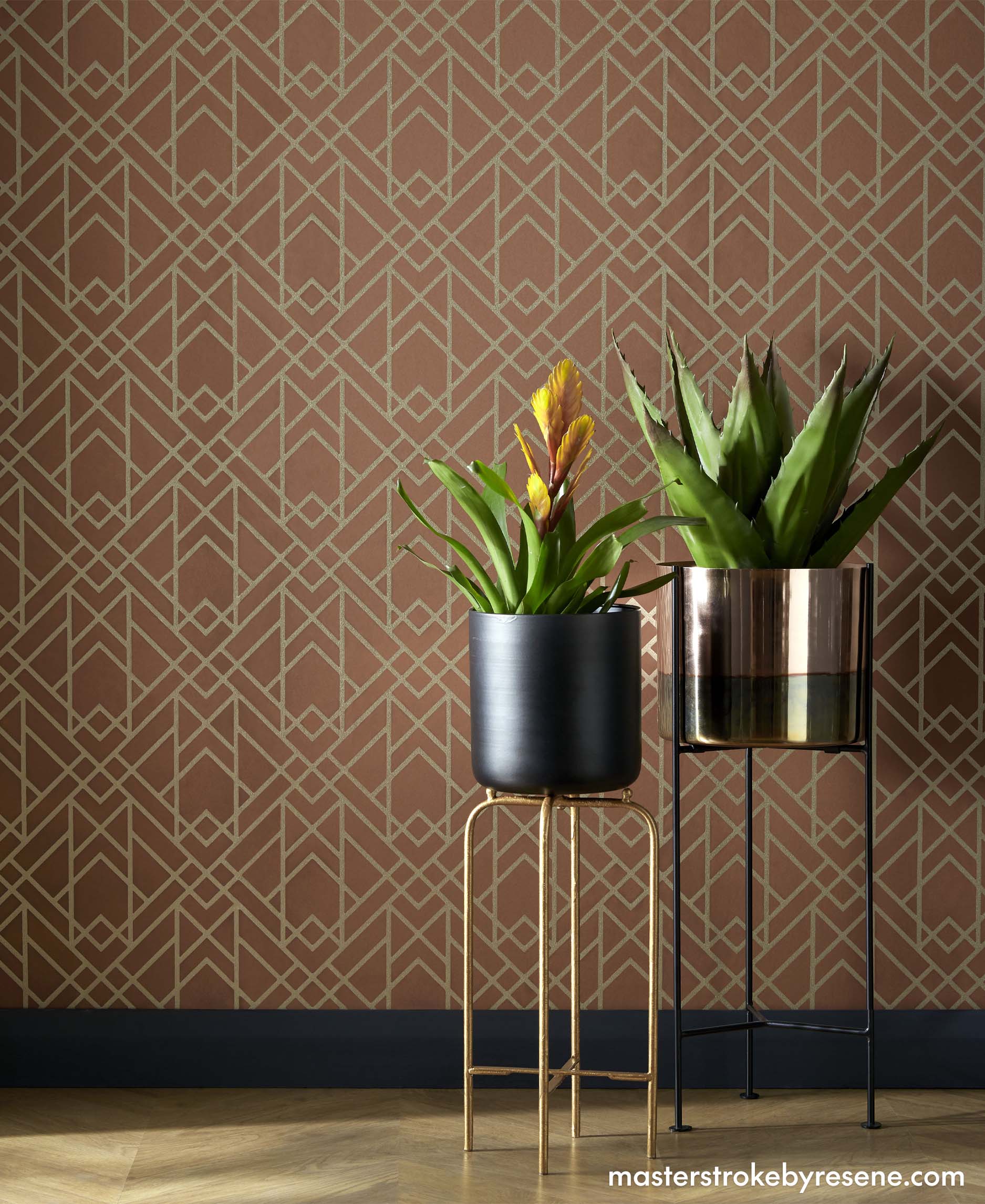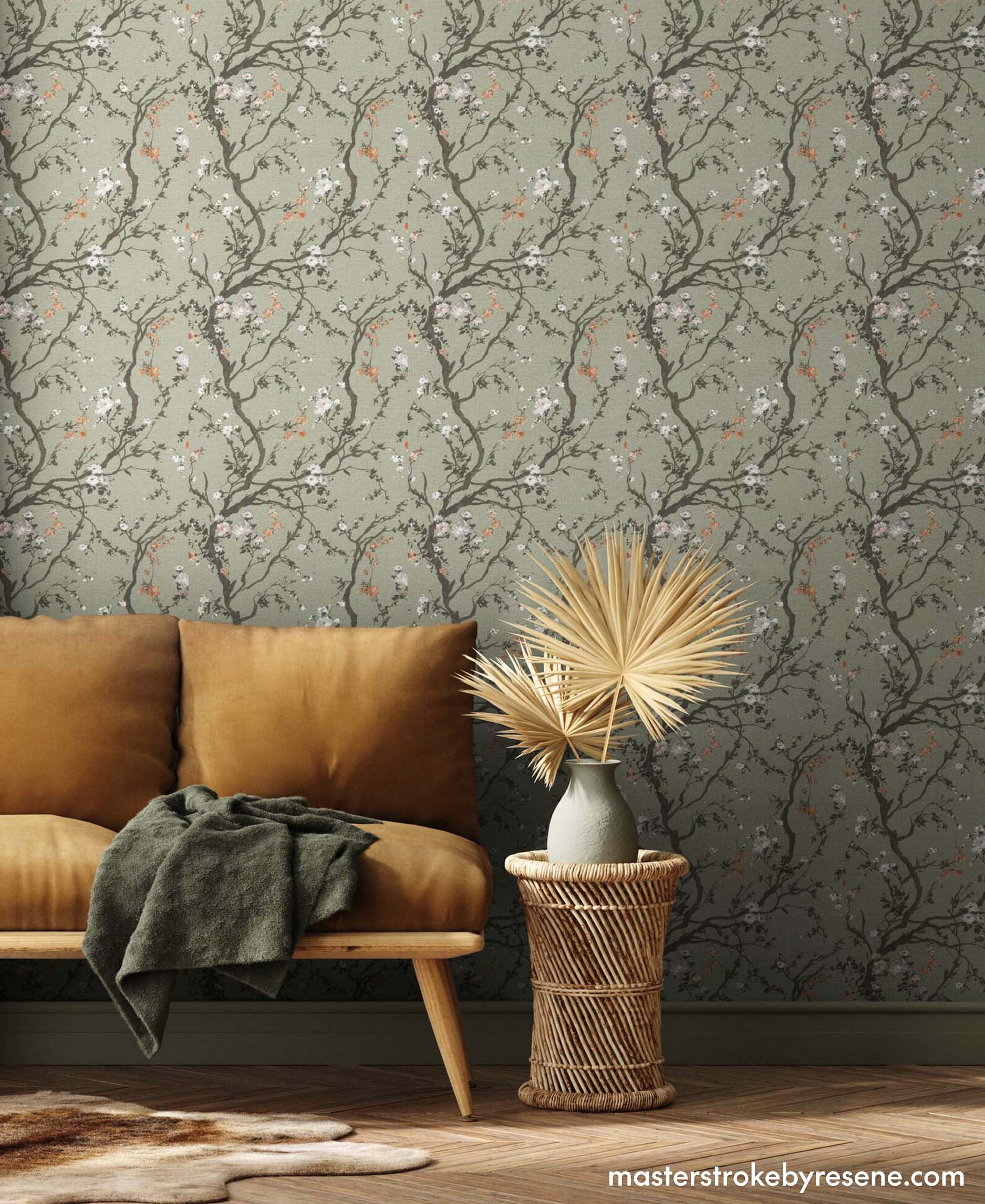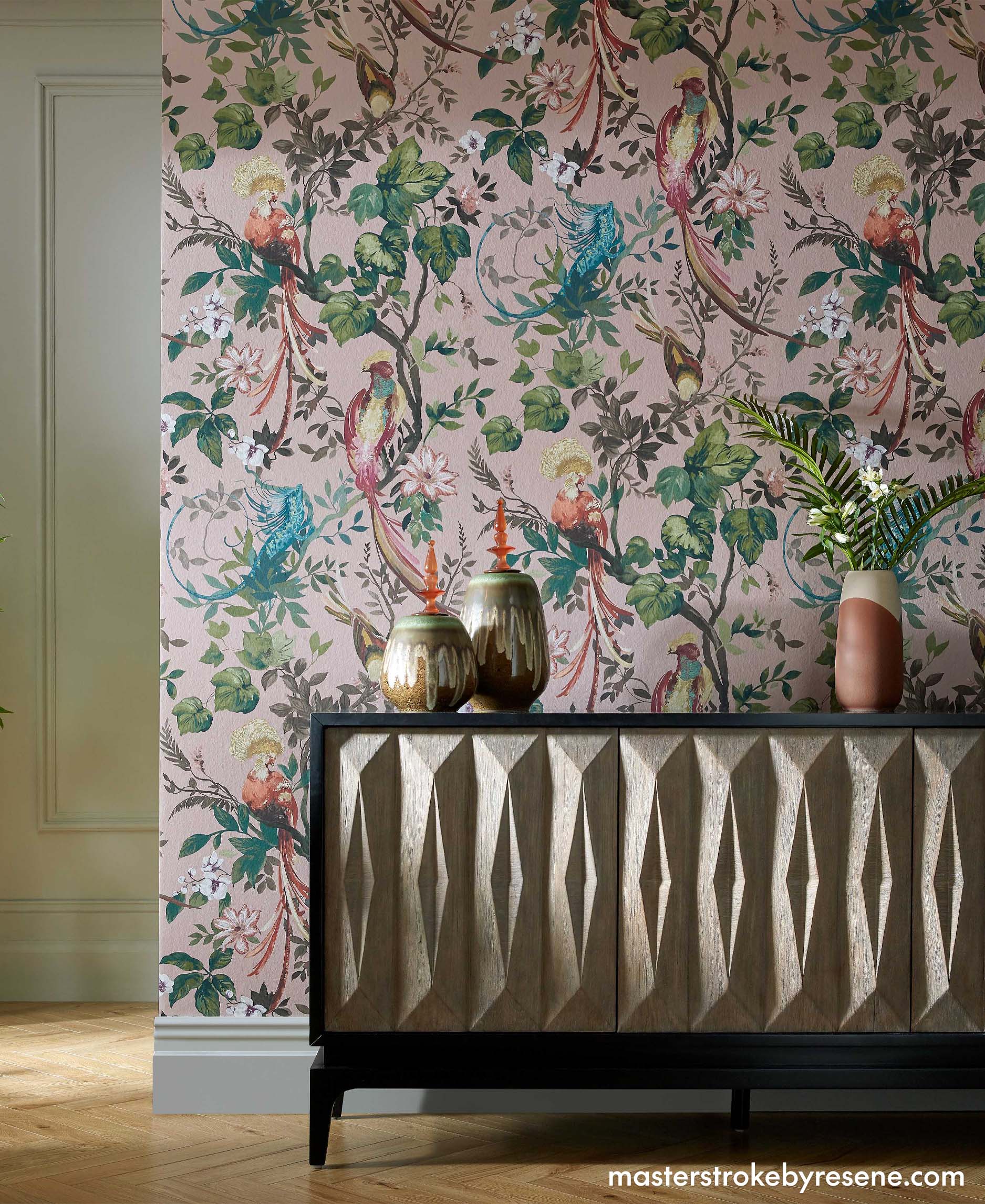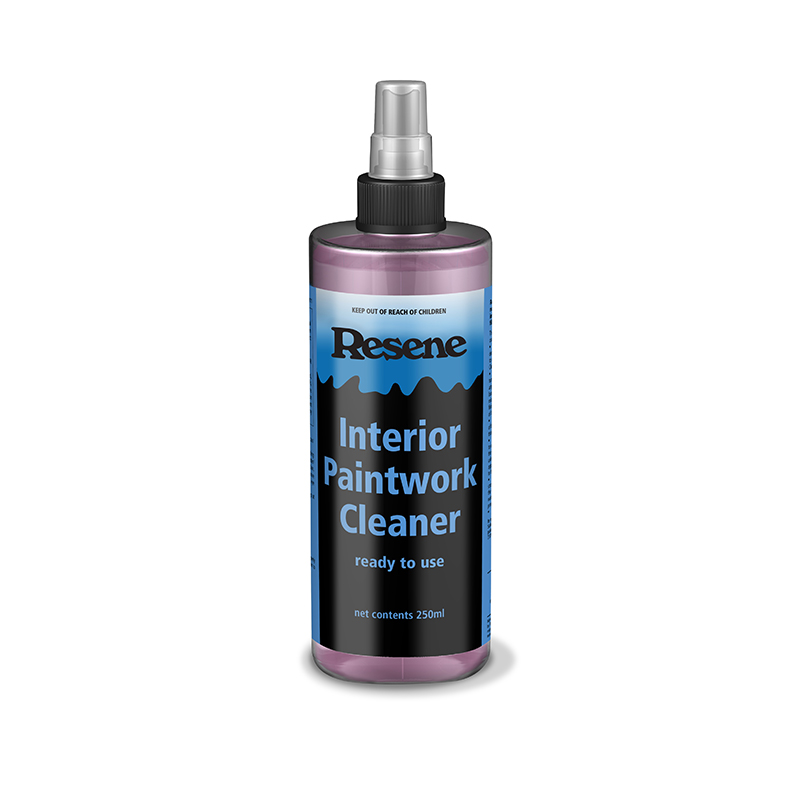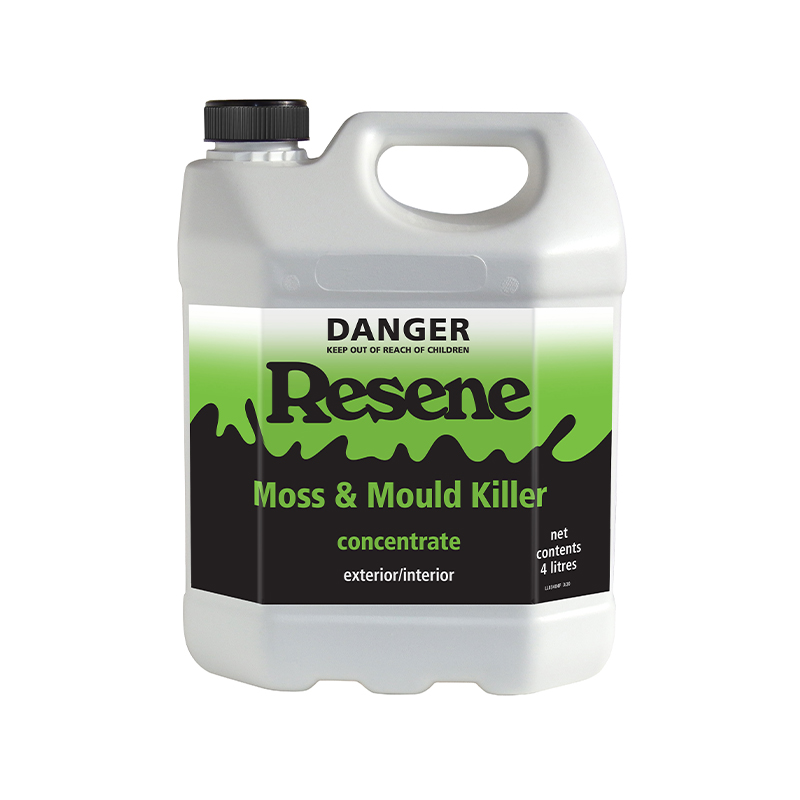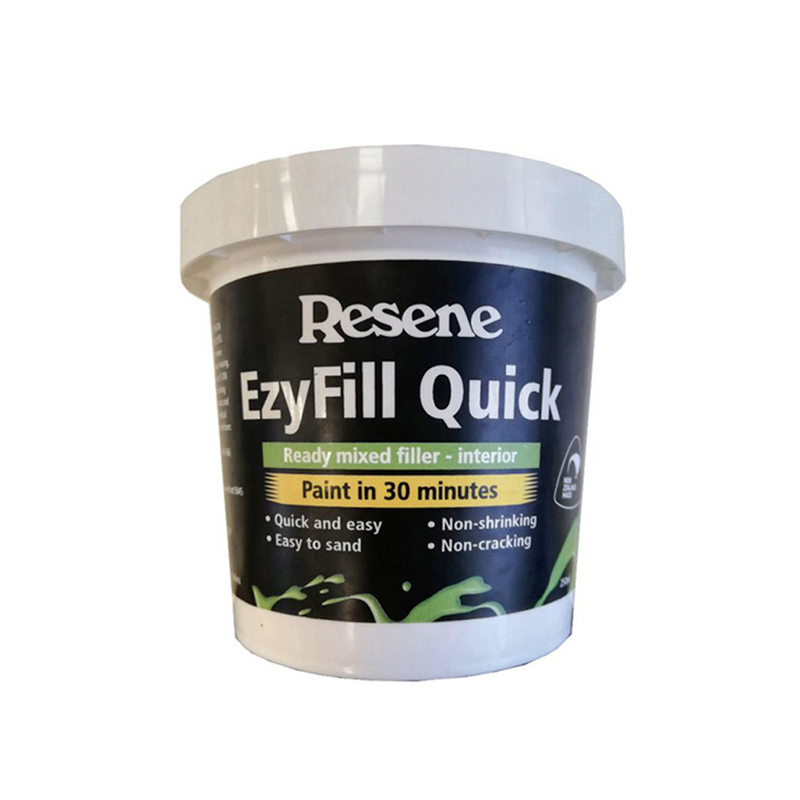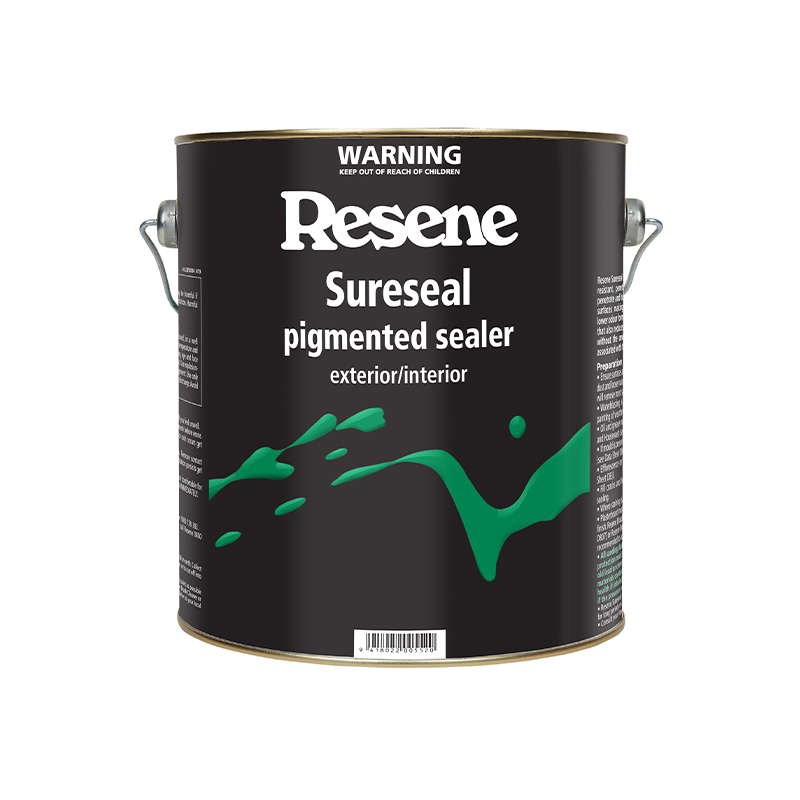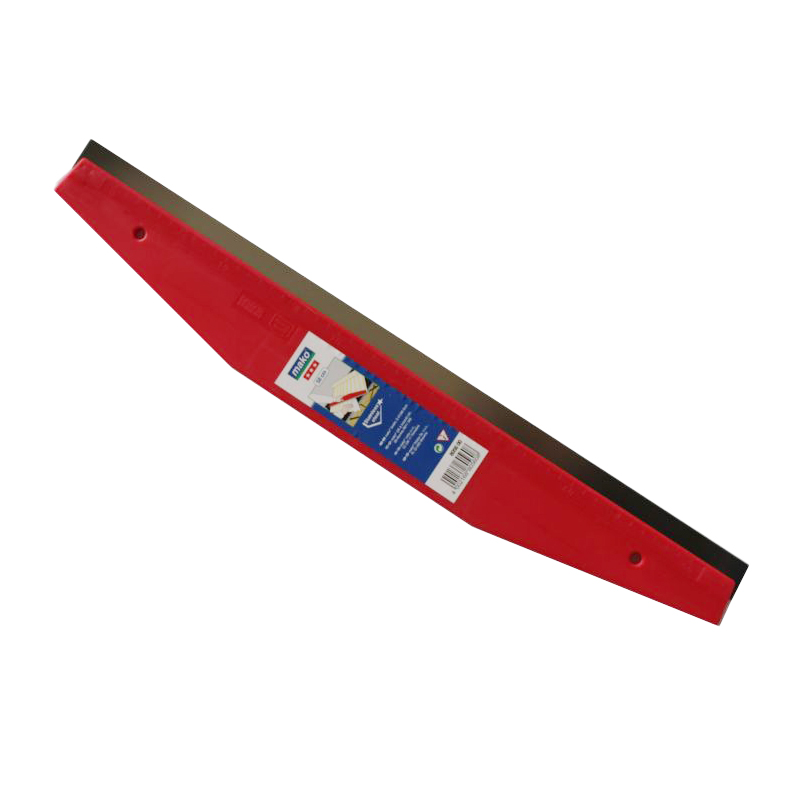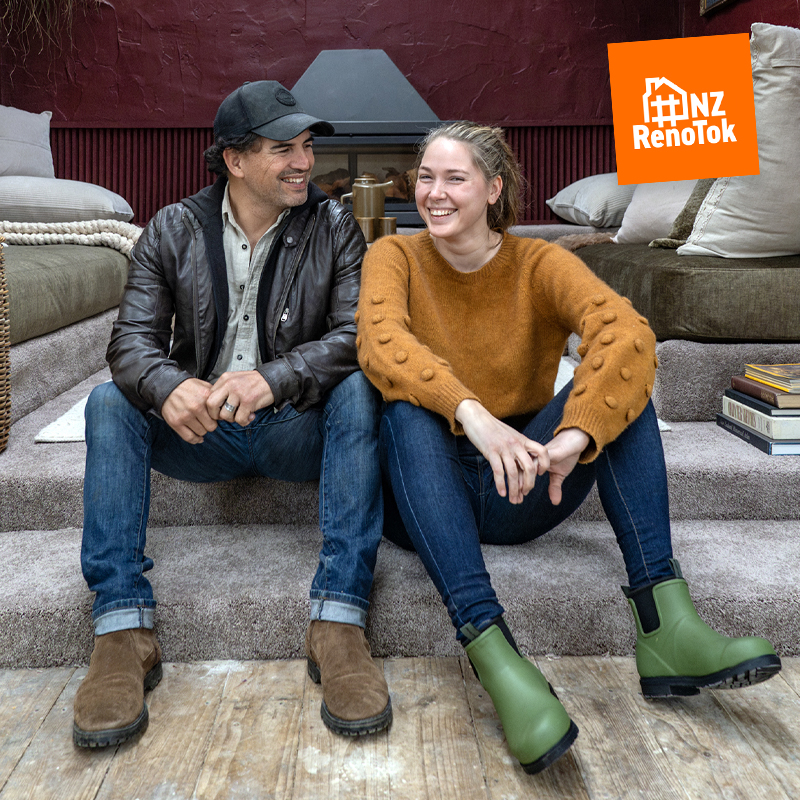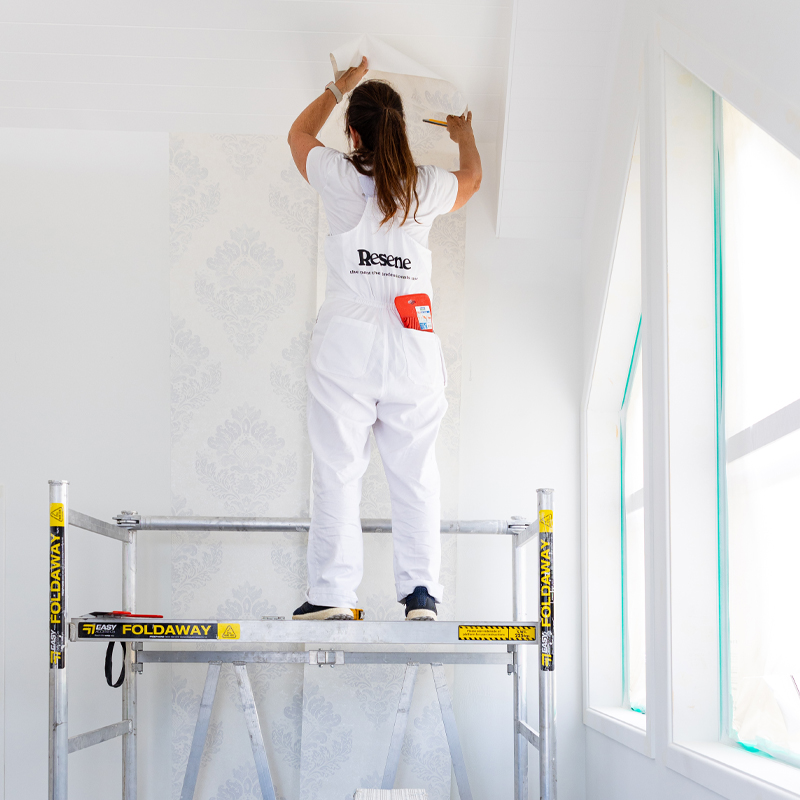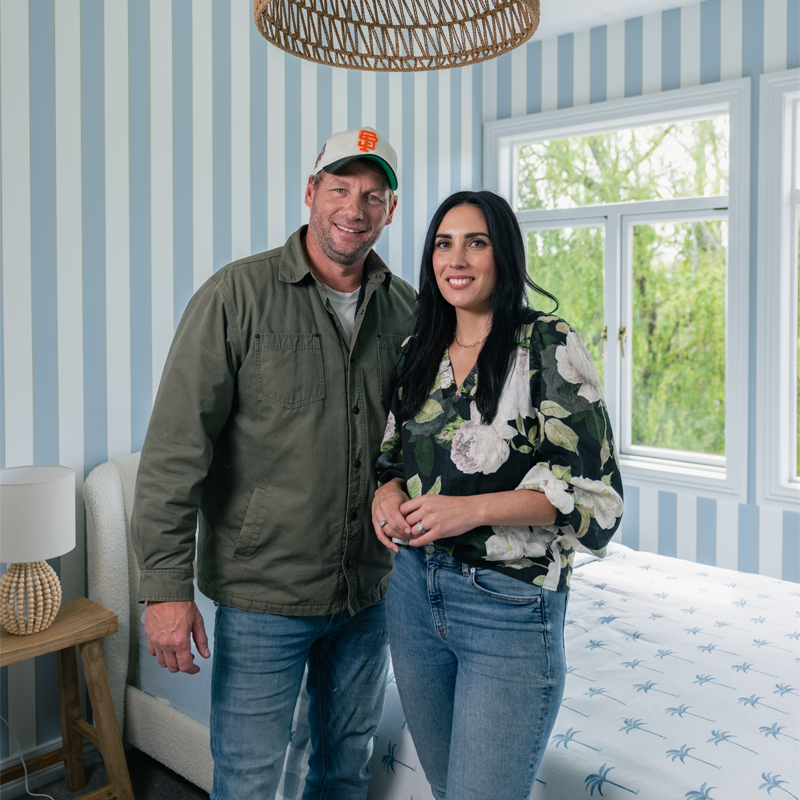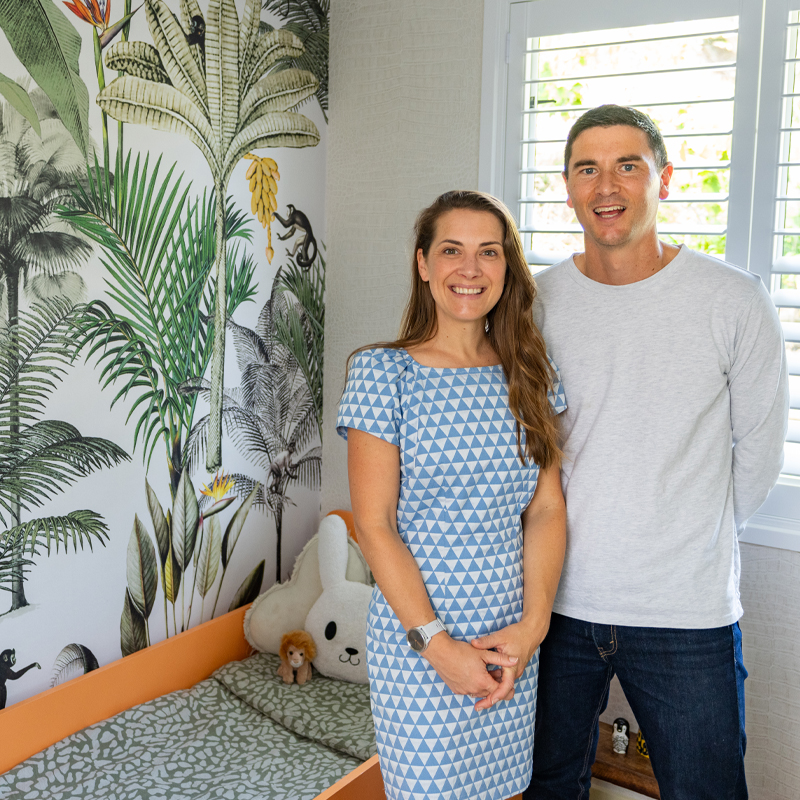Is it hard to hang wallpaper and can I hang it myself? These are two common questions that come up when considering wallpaper for your home, and the answers are simple: wallpaper is incredibly easy to hang, and yes, you can do it yourself! But if you’re new to wallpapering, your questions are unlikely to end here.
To help you get started, we answer some frequently asked questions about wallpaper so you can get the hang of this trending style. If you have further questions, ask the friendly staff in your local Resene ColorShop or send your questions through to the team of online Resene experts.
How do I hang wallpaper?
Wallpapering is easy once you get the hang of it. Here are some basic tips to help you out:
- Always work from the side of the wall that is most visible and with the most amount of light and work along the wall until you reach the most inconspicuous area.
- Measure the vertical length of the wall and measure your first piece of wallpaper to this length allowing an overhang of at least 10cm.
- Using a pencil and a plumbline, mark the width of the wallpaper roll by making a straight line down the wall. This will help you to line up the first piece of wallpaper.
- Use a wallpaper roller to apply a thick amount of wallpaper paste (about 1-2mm thick) to the wall.
- Smooth the wallpaper onto the wall using a rubber roller.
- Use a straight-edge tool and a sharp knife to trim the excess paper at the top and bottom of the wall.
- Then repeat these steps for the rest of your wallpaper area. Remember to allow for any pattern repeat in your wallpaper so you can line up the pattern of each drop of wallpaper.
Check out this article for more advice from Resene Wallpaper Expert Ingel Janssen:
Tips and tricks for hanging wallpaper
What is paste-the-wall wallpaper?
If the last time you wallpapered your home was in the 1970s or 80s, then a lot has changed. Back in the day, wallpapering meant cutting pieces of wallpaper to size, laying them out onto long trestle tables and applying paste to each piece before allowing it to rest then hang. It was a slow, messy and fiddly job. Luckily, wallpaper is a lot easier these days. The latest paste-the-wall wallpapers mean just that – you simply need to apply wallpaper paste to the wall. The advantage of this is you don’t have to measure each piece of wallpaper beforehand, and you can unroll the wallpaper down the wall, lining up the pattern as you go. Easy!
What do the codes mean?
The label on the wallpaper roll tells you all the information you need about the design you have chosen, and there’s an international standard for the codes used on the label. These codes can tell you about the pattern repeat, whether it has good light fastness and whether the wallpaper can be used in wet rooms (look for a super-washable or scrubbable design). If you’re decorating a kid’s bedroom you might want to consider a scrubbable design so you can easily clean off little finger marks or scribbles from budding artists.

